Schoenstatt celebrated in Chile the 75th Jubilee of a step that sealed its mission
1500 people gathered to renew their commitment for a Church that renews everything in the Holy Spirit
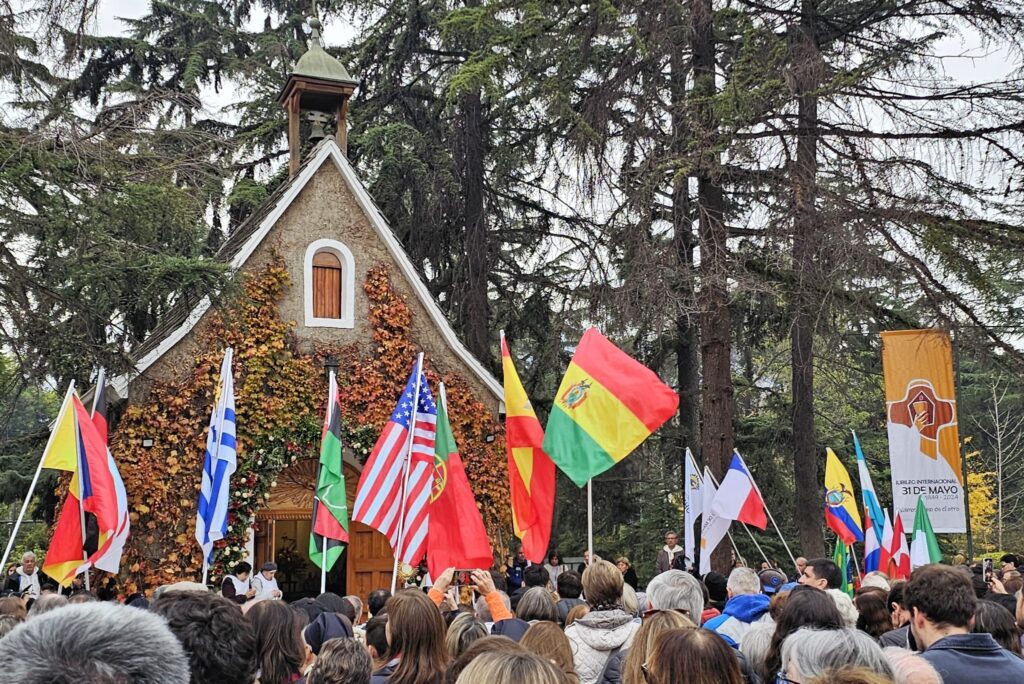
The Schoenstatt Movement celebrated from May 31st to June 2nd in Santiago, Chile, the 75th Jubilee of an act that Father Joseph Kentenich, founder of the Movement, carried out. In this act, he deposited in the Schoenstatt Shrine of Bellavista, Santiago, the first part of a letter addressed to the Bishop of Trier, the diocese in which the center of the Movement is located. This letter would eventually reach the German bishops.
In it, he described a Church centered on itself as an institution, which, in general terms, was incapable of understanding the human soul in its depths and of giving answers in accordance with the demands of the times.
At the same time, he proposed his vision of an integrating Church, of a personal relationship with a God who is father, in which Mary accompanies as mother and educator, and which invites the Church to be a family, emphasizing the importance of developing human bonds, without denying or repressing them, as an assurance for a healthy character, and thus be a safeguard and a path towards a healthy relationship with God.
 Emphasis on today’s reality and the demands it places on us
Emphasis on today’s reality and the demands it places on us
These celebrations in Chile were attended by 1,500 people from 20 countries. Although importance was given to the historic step taken by Fr. Kentenich (see our first article for details on the process of the action in question and its consequences), an emphasis was placed on the response that Schoenstatt gives and is called to give to society and the world in the present time.
Panels and workshops called “Cenacle Encounters” were presented, through which Schoenstatt’s mission was brought down to reality in the most varied social and human contexts. In this way, Schoenstatt wants to contribute to a Church that is not self-referential (Pope Francis, EG, 9), but one that goes out, “with its hand on the pulse of the times and its ear to the heart of God” (Fr. Kentenich).
These “Cenacle meetings” dealt with topics such as the challenges of sustainability, the value of authority as service, the education of children in faith, love as a couple in difficult times, a more human economy, dilemmas presented by technology, the Pilgrim Mother of Schoenstatt, Schoenstatt in public service, healing of attachments, the sexual abuse crisis, Kententenich theory of education, Schoenstatt in the face of poverty, social networks and evangelization, relationship of parents with their children, accompanying in pain, meditation and prayer, and the Church in the face of secularization.
As can be seen, these themes dealt with topics that touch concretely on life, whether in the family, in the forging of the personality, in the social mission of the Christian, in spirituality and faith, in education, and in the reality of the Church.
The importance of a prophetic education
The workshop “Active Methodologies,” offered by Erika Cedeño from Ecuador, deepened the reality of Schoenstatt as a movement of education and educators, emphasizing that the present times demand a formation centered on the person and that the content offered be meaningful, that it can be applied to real life, based on the present context, and that the formator be a person who inspires, not only with their knowledge, but above all with their life experiences.
It was an enriching experience, where the common interest was to renew the way we form and transform lives through education applied to daily life by integrating educational technology. Cedeño closed with a thought of Joseph Kentenich: “Education cannot be given just according to pre-established patterns, but must have something creative, unconventional and even prophetic.”

Thought and culture of Kentenich’s time
Cristián León González, a scholar of the Humanities Laboratory of the Universidad San Sebastián and María Asunción Pérez-Cotapos Valenzuela, psychologist by the Pontificia Universidad Católica de Chile, with a Master in Educational Psychology, were part of a panel in which they approached the perspective of the thought of the time, in which the ideas that Father Kentenich proposed to the Church were explored, as well as the prism of the culture of that time, and the characteristics of the society and its implications. Both offer EXAUDI their thoughts on the matter.
Quadruple vocation of Kentenich: psychologist, pedagogue, philosopher and metaphysician
Cristián León understands that “one of the fundamental motors of Father Kentenich was to harmonize and integrate his quadruple vocation, as psychologist, pedagogue, philosopher and metaphysician, to be able to act with certainty and conviction before the changing reality of the world. This can be seen very strongly both in how he organizes and articulates the Movement, making corrections, cultivating the spirit and freedom under a healthy authority, and in his attitude of scrutinizing time, seeing the principles that lie behind these logics, seeing the traits of God incarnated in people and in creation, in the laws that govern the action of God and how they appear in his plan of salvation, all this synthesized in the wonderful phrase ‘the hand on the pulse of time, the ear on the heart of God.’ And he closes his thought by remarking that “it is important to understand that the cultivation of these four attitudes, in a simultaneous way, is not common, not even within the clergy or religious communities.”
 Schoenstatt causes disruption in a structured Church
Schoenstatt causes disruption in a structured Church
Regarding the imbalance that Schoenstatt provokes, Leon affirms that “it must be remembered that the German Church until 1945 was organized in a profoundly local way, and developed around parish life, where all the spiritual and sacramental life of the faithful flourished and prospered, and was administered by the parish priests and supervised by the bishop of the diocese. This changed after the end of the war where spiritualities were developed and articulated as “intermediate instances.” This was the case of Schoenstatt, a ‘delocalized’ movement, since its new structure surpassed the narrow and conventional limits of a limited territorial jurisdiction to produce a ‘new relocation’. This, logically, was going to bring about a great deal of misunderstandings between the bishops and Joseph Kentenich.”
It causes discomfort in certain areas
Regarding the climate in the universal Church at that time, the scholar warns that “another important point is that the Visitation and Kentenich’s exile took place between the pontificates of Pius XII (1939-1958), John XXIII (1958-1963) and Paul VI (1963-1978), in the midst of change from the conservative Tridentine ecclesiological scheme to the one advocated by the more progressive sectors during the Second Vatican Council. That is to say, there were internal creative tensions present, and it cannot be ignored that the new pedagogical and spiritual proposals of Joseph Kentenich were going to cause discomfort in certain sectors.”
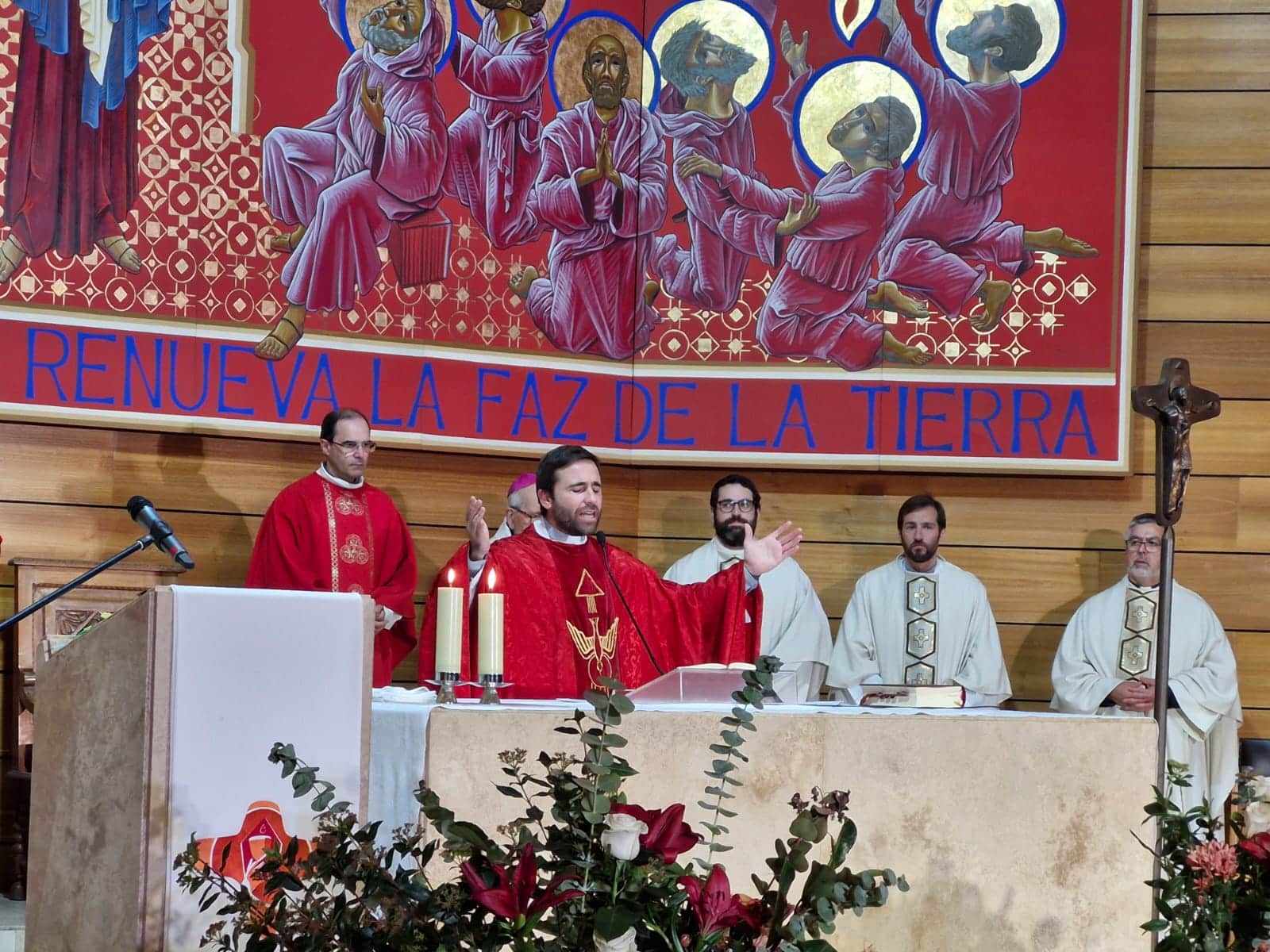 The shake-up of the last century and a change of era
The shake-up of the last century and a change of era
For her part, María Asunción Pérez-Cotapos delves into the expressions of the search for identity in the currents of the last century, pointing out that “the Schoenstatt movement arose (1914) when Europe was experiencing what was called ‘the evil of the end of the century,’ the crumbling of the ideal of modern man, the moral decadence of Europe, which led to the First and Second World Wars. In this context many authors and currents are looking for a new image of the human being. Dilthey calls for the recognition of the methods of knowledge proper to the human sciences, which pass through personal experience. Husserl founds phenomenology, which proposes to return to things themselves, to the personal experience of things as the first step to know the essence of reality. Edith Stein proposes empathy as a way of knowing the interiority of other people and as a way of knowing God.” Finally, the psychologist recalls that “Scheler develops the idea that the vitality of living beings is their interiority, which through its unfolding enters into relationship with the interiority of other people.”
Kentenich and his personal healing from an intellectualistic experience of faith
At the same time, Perez-Cotapos makes reference to the way in which the founder overcomes his intellectualistic crisis as a young man and acquires a vital faith thanks to his human attachments, remarking that “in what Father Joseph Kentenich called a ‘change of era,’ the image of the human being that will shape the following centuries is being decided. A mechanical image, according to the model of modernity, or an organic image, according to the model of vitality. In this context, Kentenich experiences God’s action in the Schoenstatt Shrine. On the one hand he experiences that the vital contact with the young people, whom he accompanies spiritually in the Pallottine seminary, shapes his interiority and heals him from an intellectualistic view of faith. On the other hand, he experiences in himself and in the experience of the young people, that in the Shrine, God, through the Blessed Mother, is acting and modeling in them the ideal of the organic person. They are discovering that they can have a personal relationship with God, that He loves them personally and that He calls each one of them to life in a personal way and gives them a mission. They discover that in them there is a vital force in their interiority that makes them free and responsible for their self-education.”
 The centrality of the mission of Kentenich
The centrality of the mission of Kentenich
The psychologist concludes that “in this action of God in the Shrine, Father Joseph Kentenich discovers the model of human being with which God wants to shape the new times. A human being deeply rooted in God, in whom the natural is integrated with the supernatural through the experience of harmony between thinking, living and loving. Therefore, when questioned about the centrality of the attachment of the Schoenstatt members with the Shrine, with Mary and with his own person, he has no qualms in defending this experience that he has had and has observed happening in many people. Mary acts in the Shrine and from there she is forming new people, deeply rooted in God and who present themselves to the world as a response to the moral decline that Europe is experiencing.” And she summarizes: “It is not simply a matter of having a deep spirituality. Healthy human bonds are essential for a profound change in the Church and society, in the formation of a new man, interiorly free and committed to the destinies of the world.”
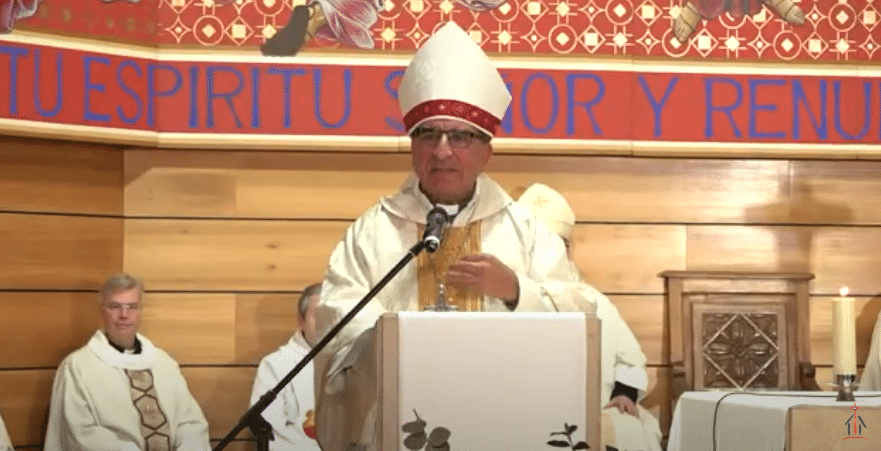 What would Chile be like…
What would Chile be like…
Fernando Chomalí, Archbishop of Santiago, expressed in his homily at the closing Mass his appreciation for the different ways in which the Schoenstatt Movement contributes to the life of Chile:
“- What would Chile be, what would Santiago be, what would this area be, without this Shrine and without the shrines that are in so many places? (There are 25 Schoenstatt shrines in the country.) It would be another Chile! No one can calculate the immense number of people who in this place have encountered the Lord through the Blessed Virgin Mary. Millions of people have returned to the Lord through these places that constitute a great wealth for the whole Church and a true spiritual lung, because I am sure that we are going to need it more than ever.
– What would Chile be without the bishops who have accompanied us, the priests, the consecrated women and the extraordinary lay people with whom I have had the grace of working?
– What would our country be without Maria Ayuda? So many people who have found love, welcome and affection.
– What would our country be without the Pilgrim Mother, without the home shrines?
– What would our country be without Radio Maria, which reaches all of Chile?
– What would the Ñuñoa neighborhood, where I live, be without the Marian School?
God has done a great work through you, through this wonderful intuition, that to reach Jesus Christ, without a doubt, Mary is a privileged source.” And he mobilized those present by provoking: “Mary’s first attitude is to serve. In other words, the test to know if we are living the Schoenstatt spirituality is if we are servants.”
Together in one another
The celebration ended with a Corpus Christi procession from the Church of the Holy Spirit to the Shrine and the enthronement of the Unity Cross in the Shrine by Bishop Chomalí. The jubilee hymn resounded for a long time, flooding the hearts of the participants in the midst of the farewells, inviting everyone to make the mission of Mary and Jesus a reality for a Church renewed in the Holy Spirit.
Holy Spirit, come.
Transform us with your love.
Together in one another
to the heart of God.
Related
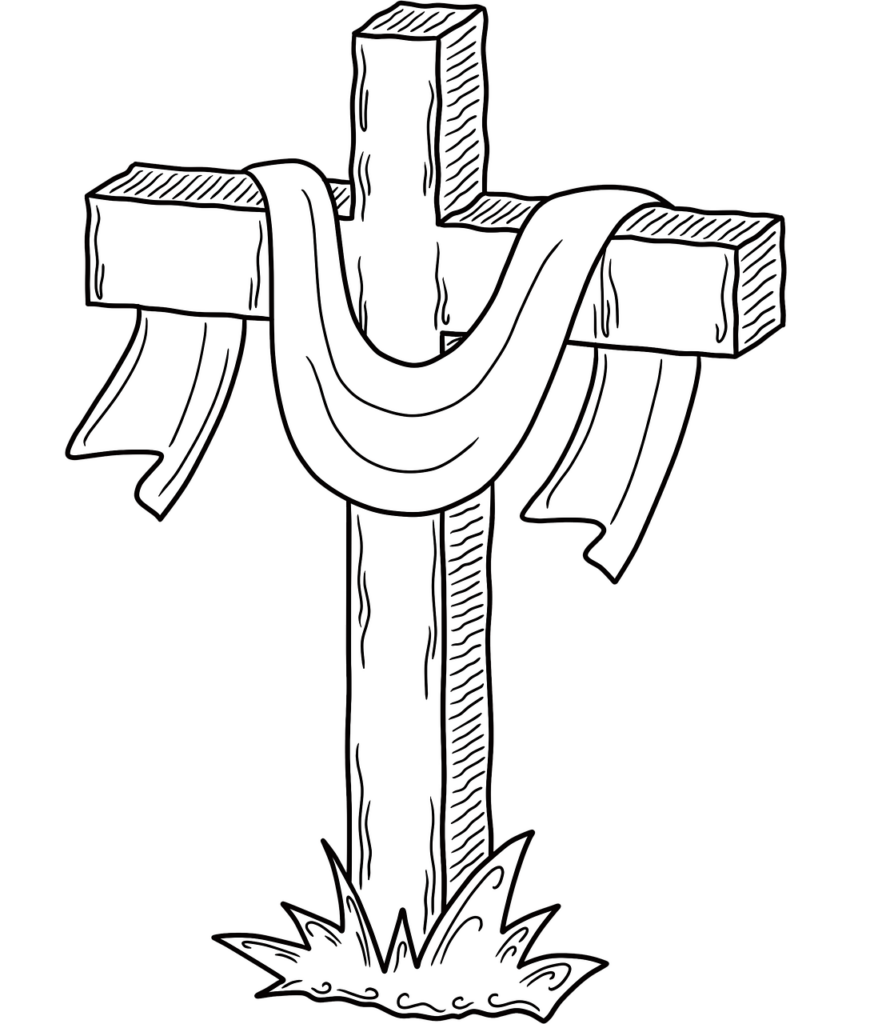
Reflection by Bishop Enrique Díaz: Alleluia, alleluia
Enrique Díaz
20 April, 2025
5 min
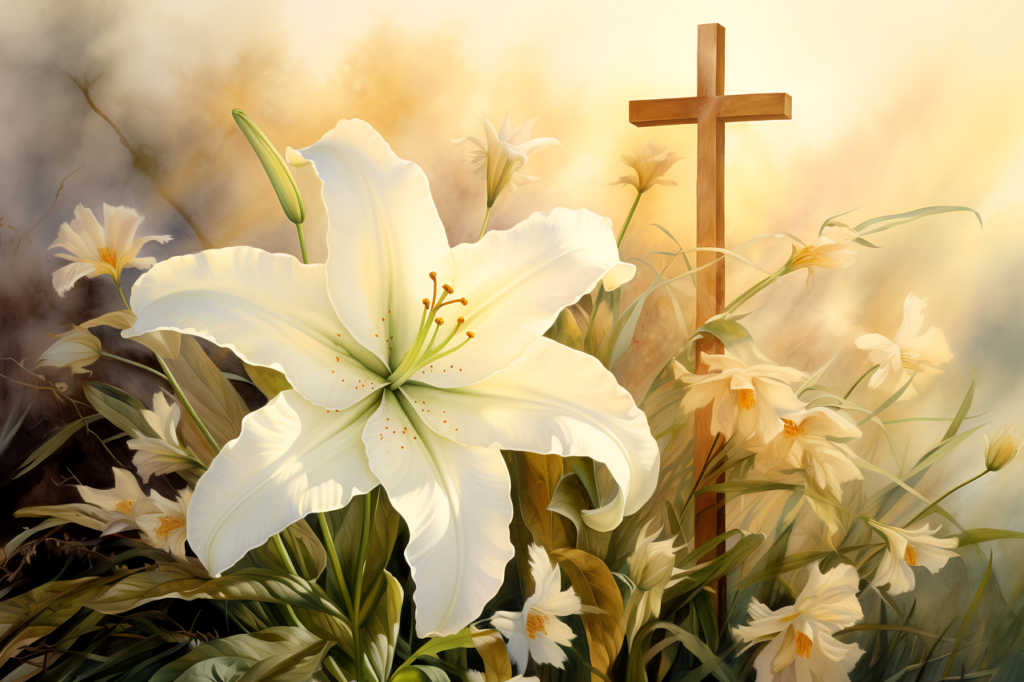
Christ is Risen! Alleluia! Commentary by Fr. Jorge Miró
Jorge Miró
20 April, 2025
3 min
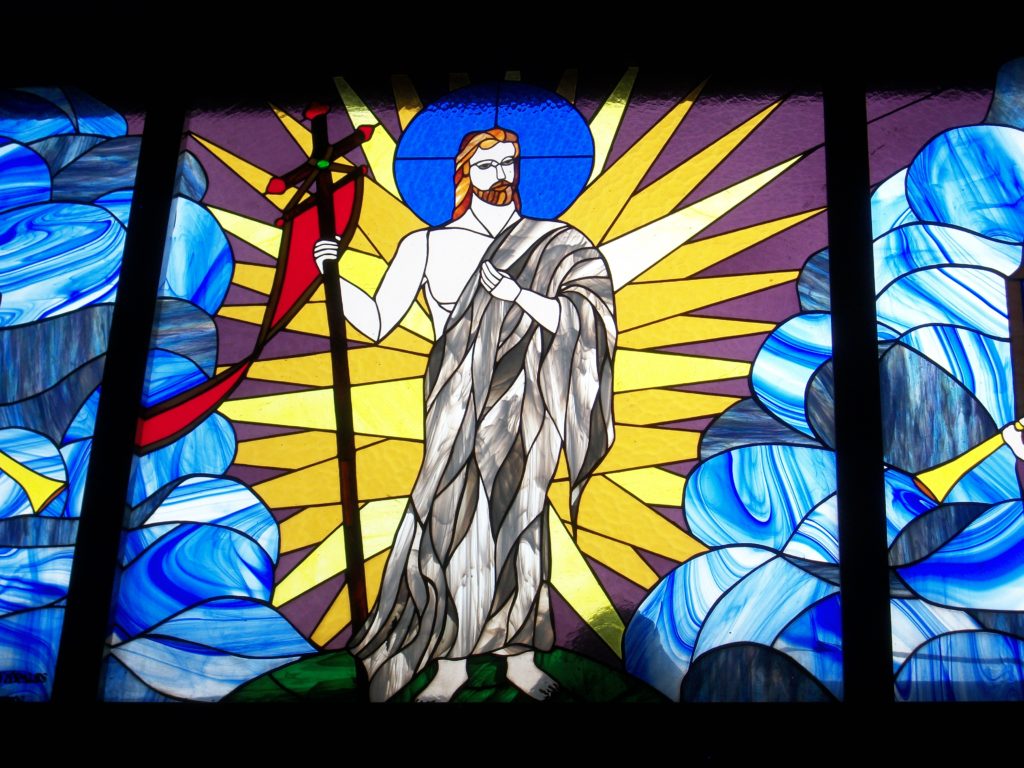
Easter: Mystery of Freedom
Carlos J. Gallardo
20 April, 2025
5 min
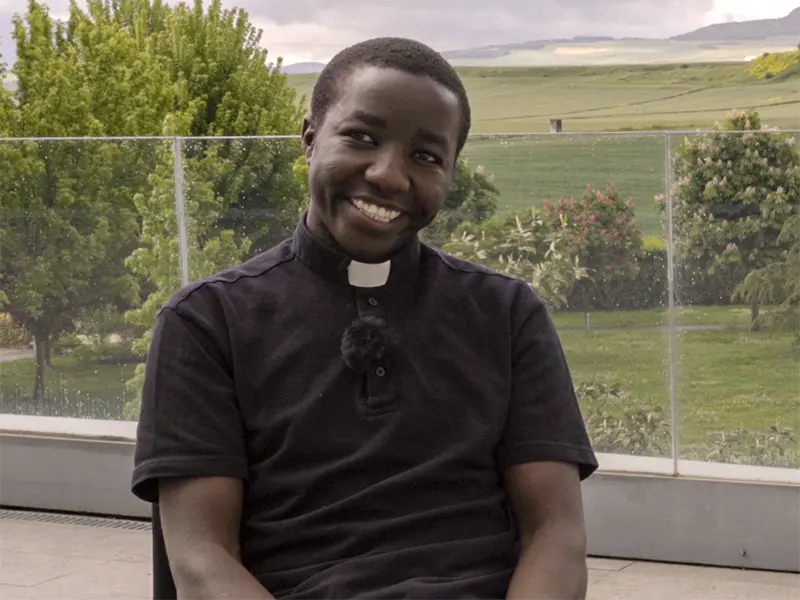
“Being Catholic in Tanzania is a source of pride”
Fundación CARF
16 April, 2025
6 min
 (EN)
(EN)
 (ES)
(ES)
 (IT)
(IT)

